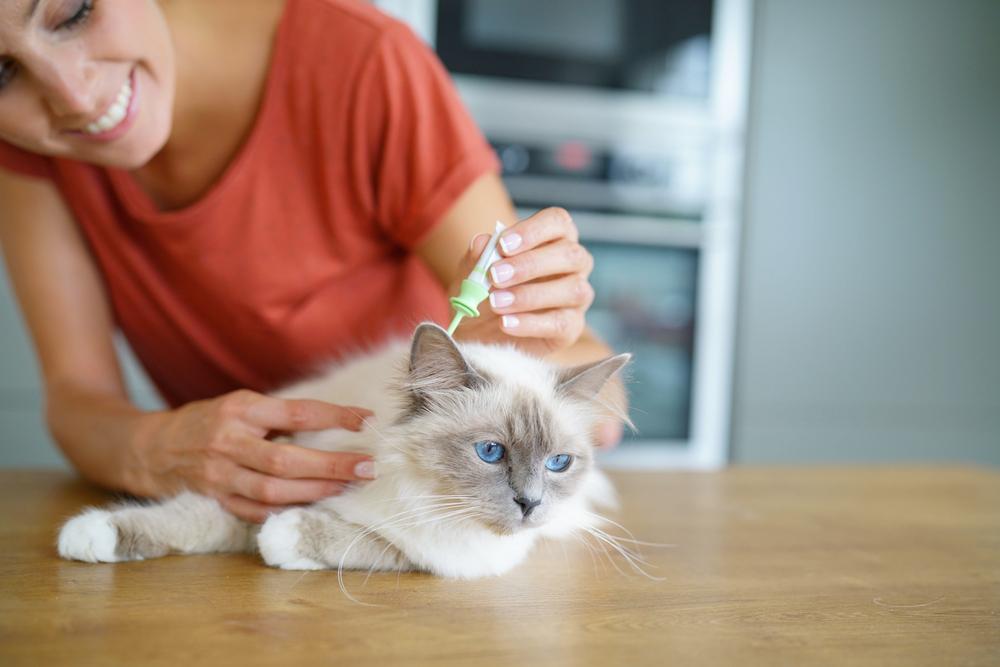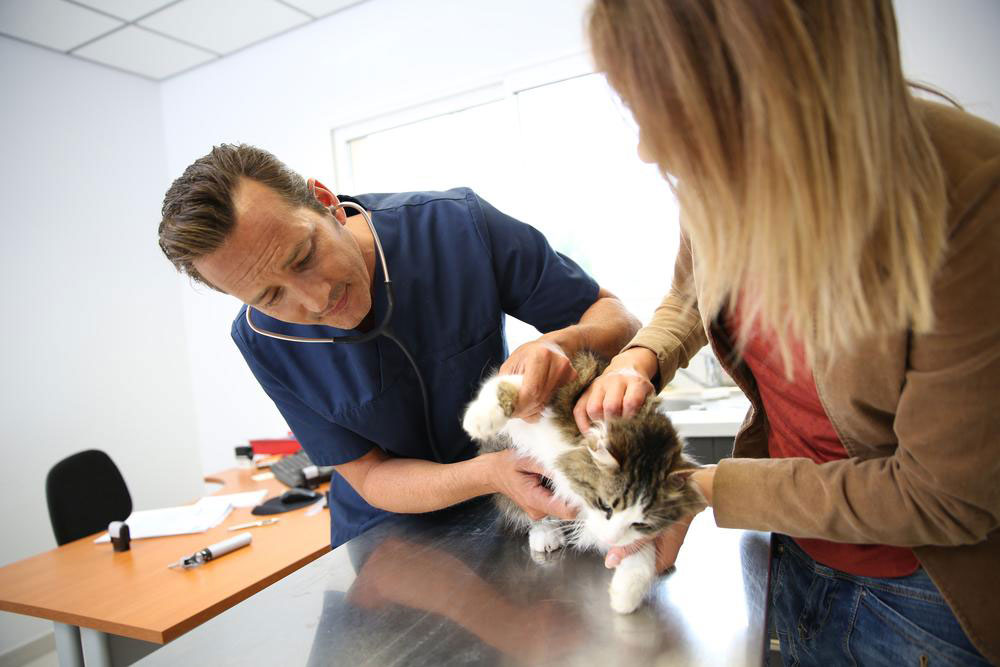Proven Methods and Remedies to Prevent Fleas in Pets
Discover effective flea prevention methods for pets including topical treatments, environmental management, and natural remedies. Early detection and consistent care are essential for maintaining your pet’s health and comfort. Learn about various products and strategies to control fleas indoors and outdoors, ensuring a safe, flea-free environment for your furry friends.

Proven Methods and Remedies to Prevent Fleas in Pets
Effective Strategies and Products to Keep Pets Free of Fleas
Fleas are widespread parasites that threaten the well-being of pets such as dogs and cats. Once these insects latch onto your pet’s coat, removing them can be challenging, especially as infestations grow. Fortunately, early use of modern flea prevention products can quickly manage the problem. Recognizing warning signs and acting swiftly are essential for your pet’s comfort and health.
Fleas reside on your pet’s fur, feeding on their blood. They lay eggs in the fur or environment, leading to infestations that cause skin irritation, hair loss, and discomfort. If untreated, fleas can cause wounds and transmit diseases.
Early detection and treatment are key. Watch for frequent scratching, biting, or small dark spots on your pet’s skin or bedding. Regular inspections help prevent severe infestations and promote your pet’s health.
Top 10 Flea Prevention and Control Options
Advances in pet care technology have made flea control simpler. Here are some effective options to safeguard your pets and home environment:
Flea powders - Applied directly on pets, flea powders are traditional treatments. Follow vet instructions for safe and effective use. Reapplication may be necessary for continuous protection.
Flea shampoos - These provide quick relief by killing fleas on contact. Regular bathing can help reduce fleas but offers only temporary results.
Flea collars - These collars release substances that kill fleas and their larvae, providing long-lasting protection mainly around the neck area.
Flea sprays - Sprays can be used on pets or in the environment to kill fleas. Use cautiously and follow veterinary guidance for safety.
Spot-on treatments - Topical solutions applied to specific skin areas offer extended flea protection, impacting larvae as well. Always consult your vet before use.
Oral medications - Prescription pills provide long-term flea prevention by rapidly eliminating existing fleas and preventing reinfestation.
Cleaning the home environment - Regular vacuuming and washing bedding remove fleas and eggs. Adding flea collars to vacuum bags enhances effectiveness.
Washing pet bedding and textiles - Clean all bedding, cushions, and carpets thoroughly to remove fleas and eggs.
Indoor environmental treatments - Use foggers, sprays, and powders designed for indoor spaces to eradicate fleas residing inside your home.
Natural and chemical yard treatments - Apply pet-safe insecticides outdoors to prevent fleas from spreading and to maintain a flea-free zone around your property.
Preventing fleas involves combining treatments with environmental management. Routine grooming and cleaning are vital to keeping your pets healthy and pest-free.
Disclaimer:
This article provides general pet health information. It is intended for informational purposes only and is not a substitute for professional veterinary advice. Always consult your veterinarian before beginning any flea prevention or treatment. We are not responsible for incorrect application or varying results across cases. Prioritize your pet’s health with professional guidance.


